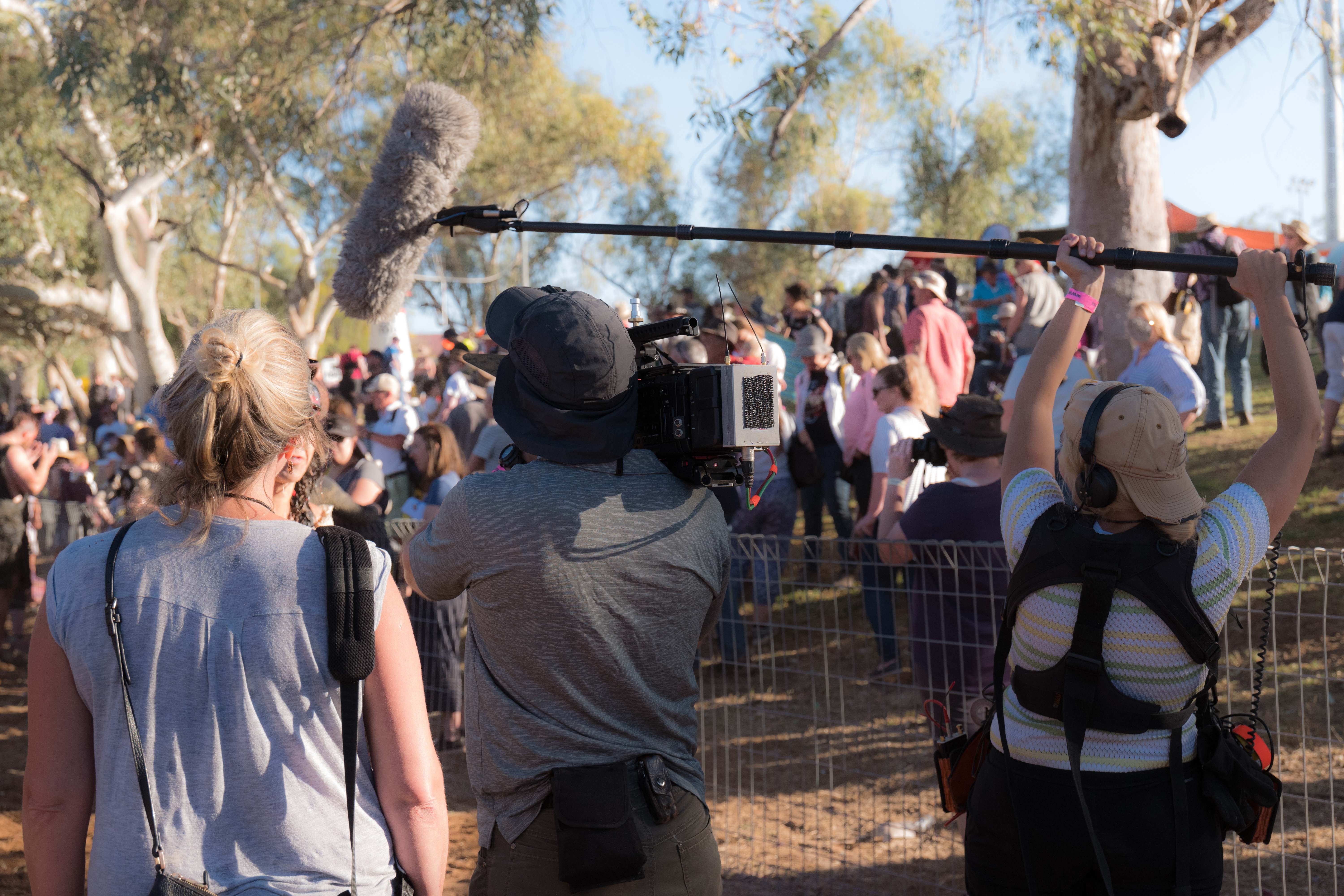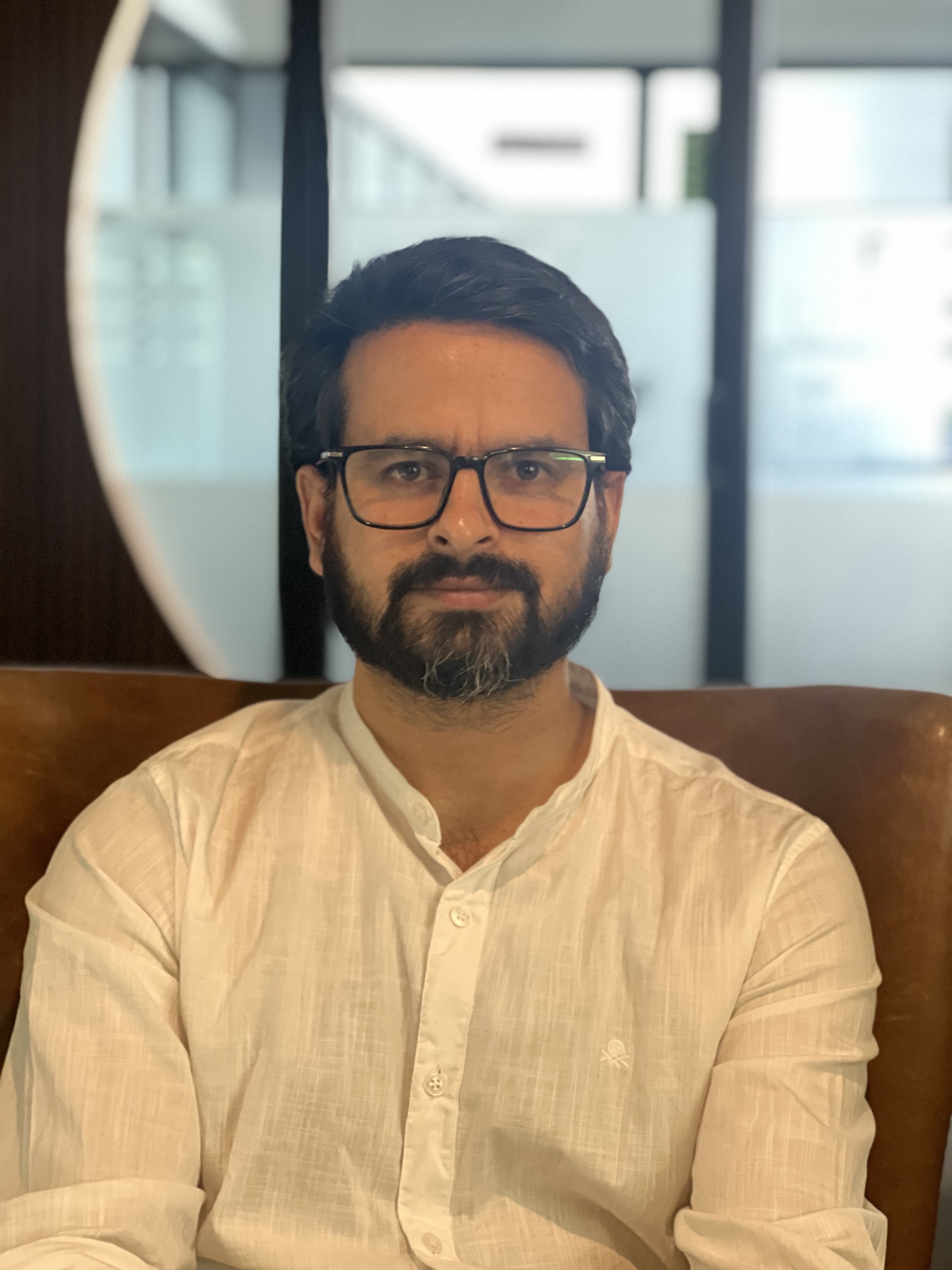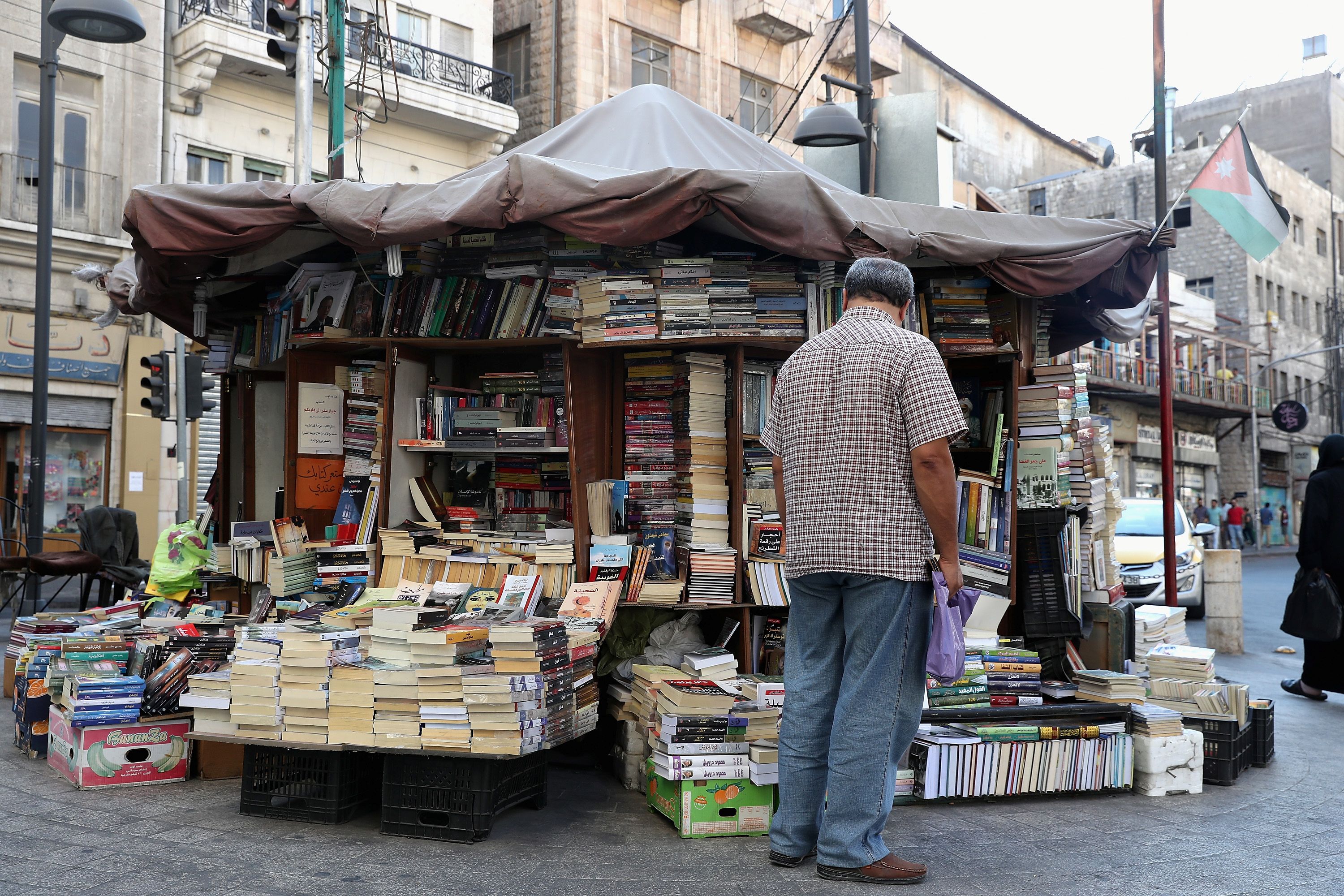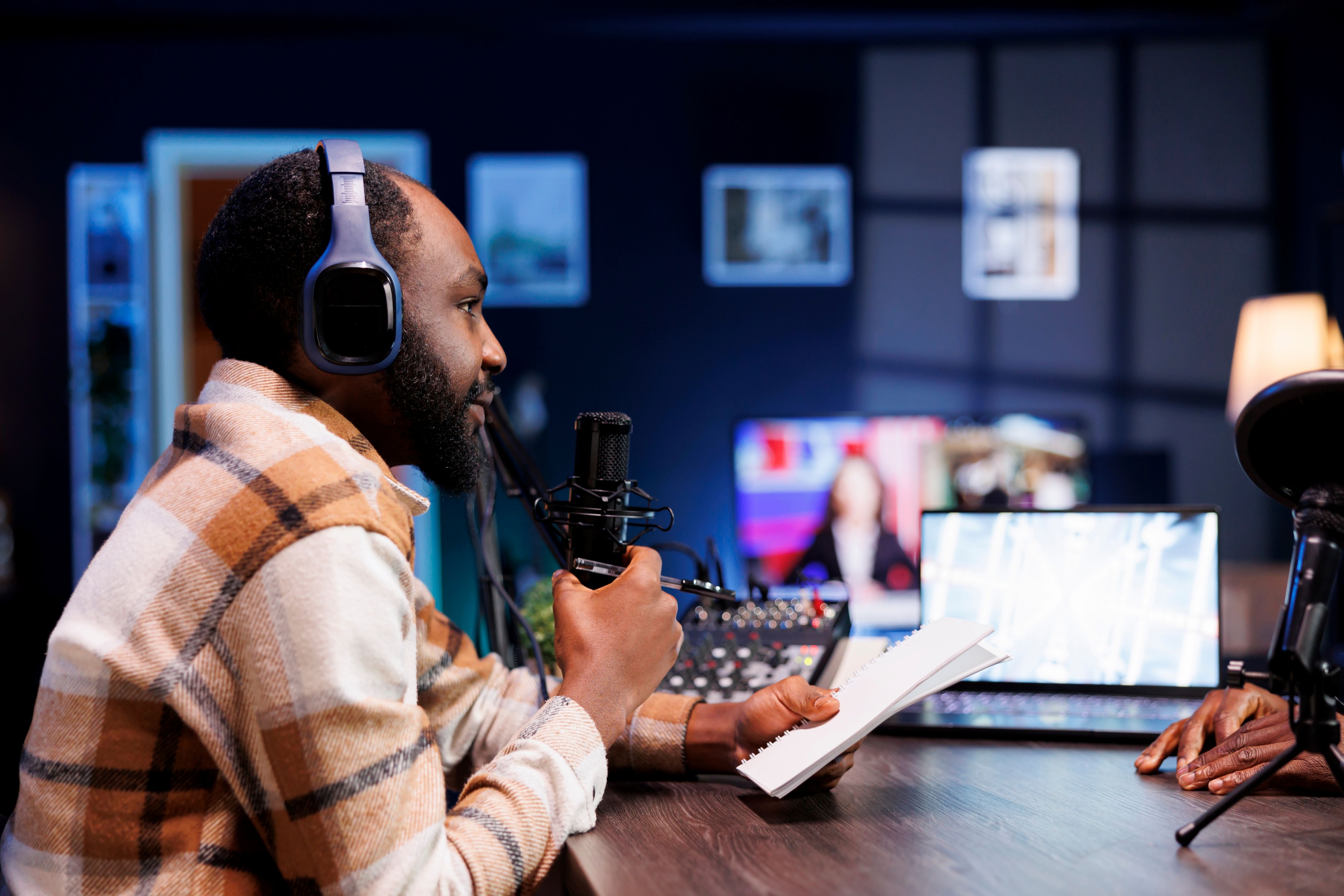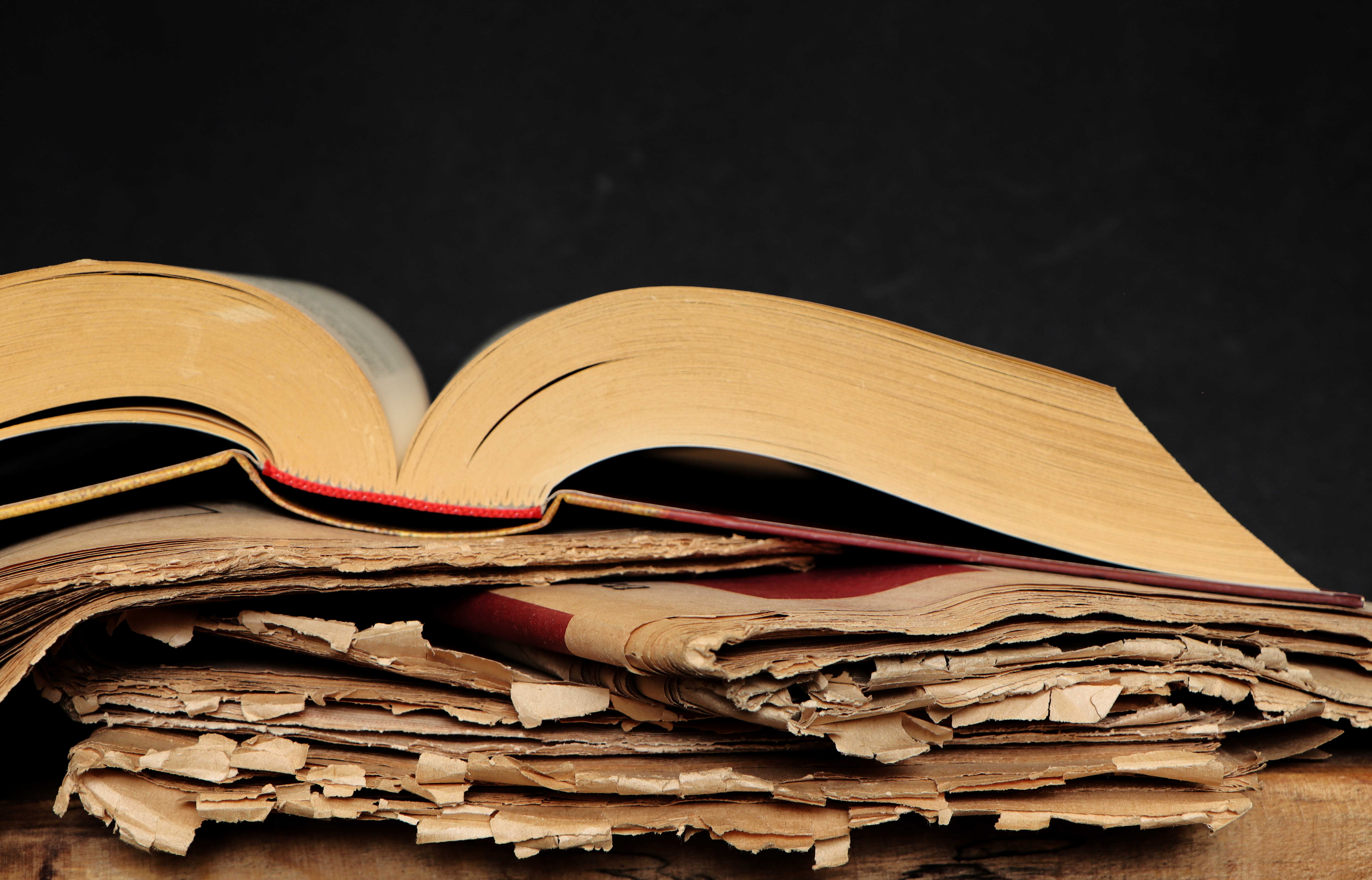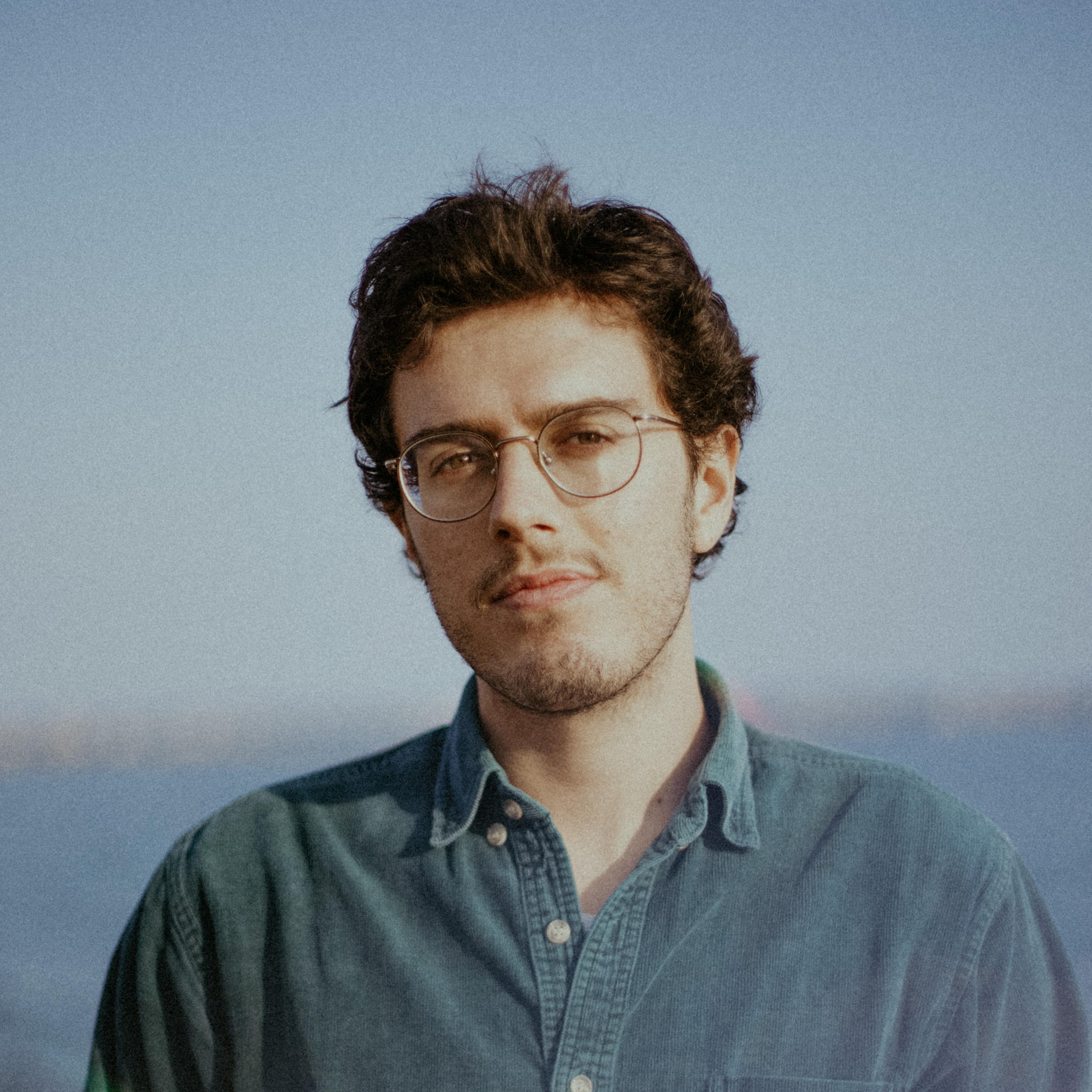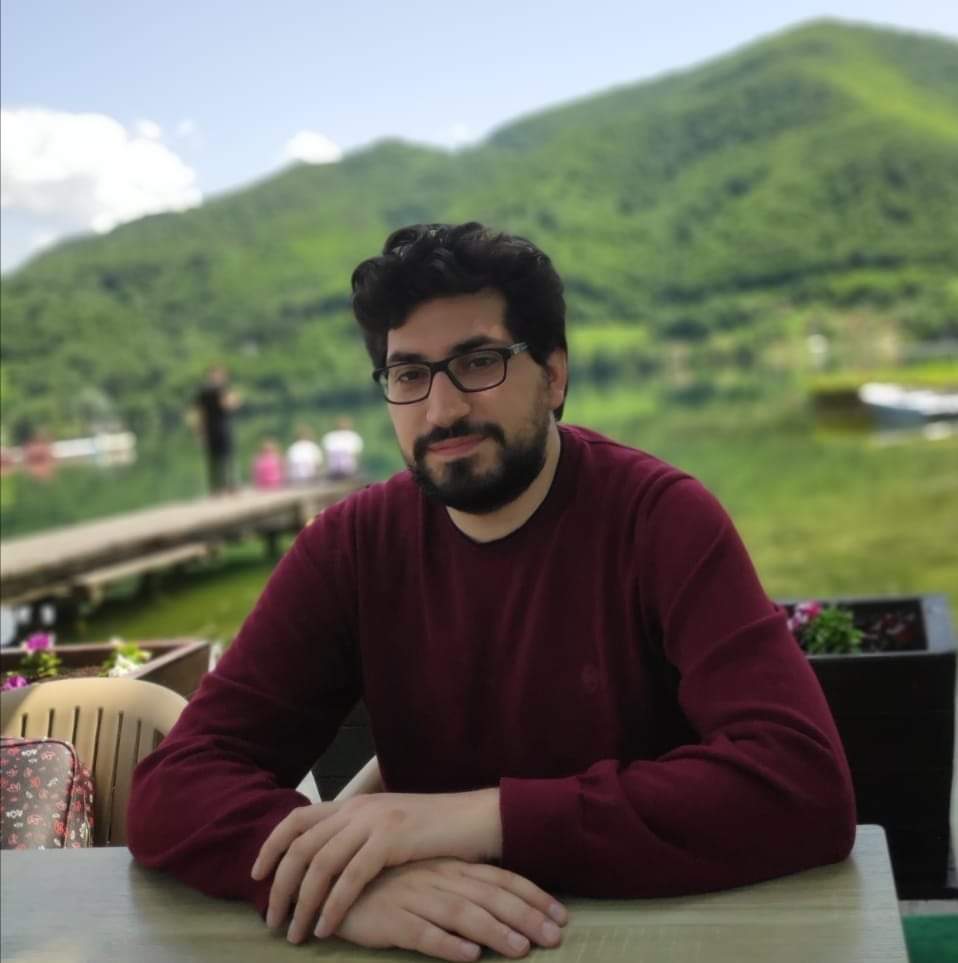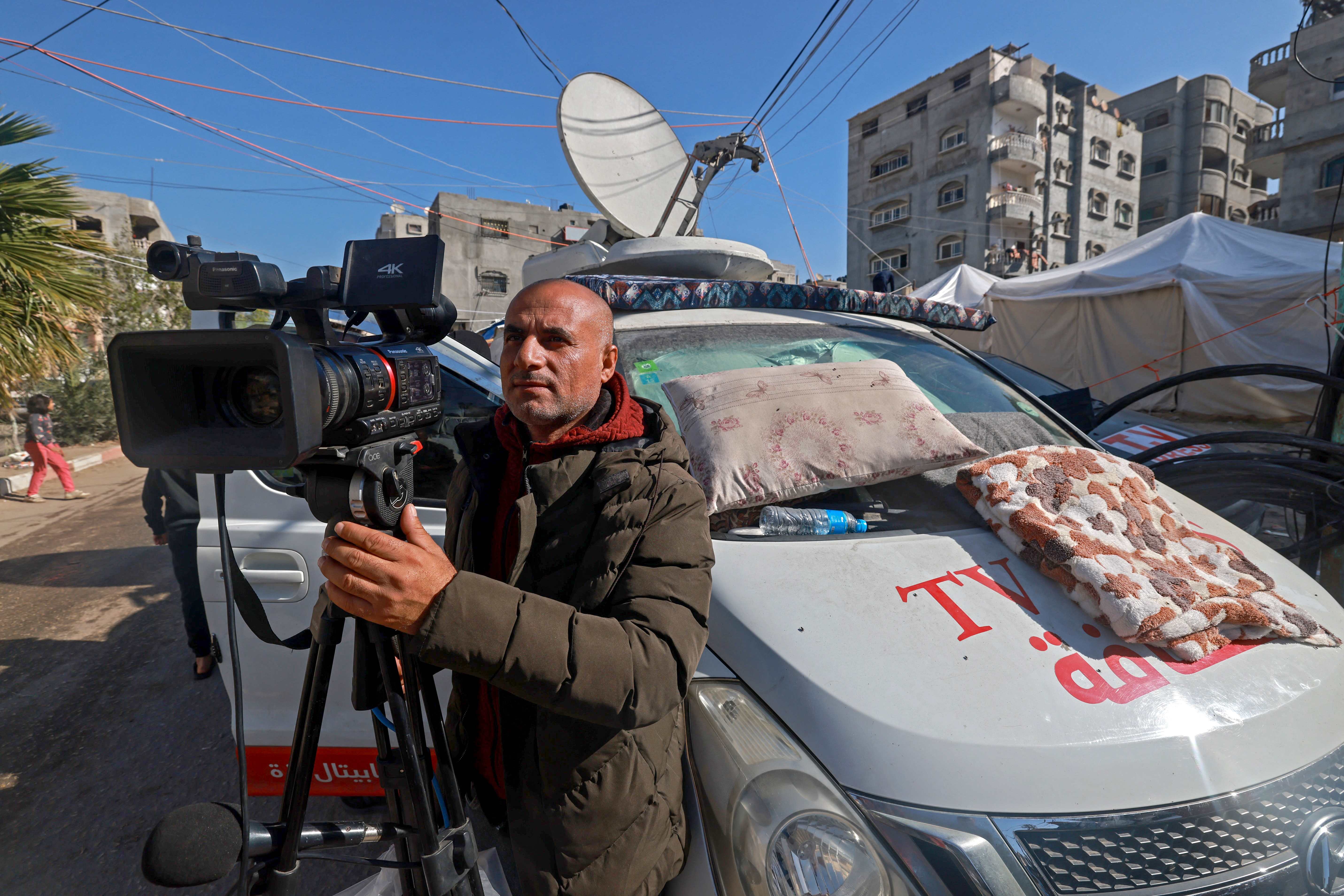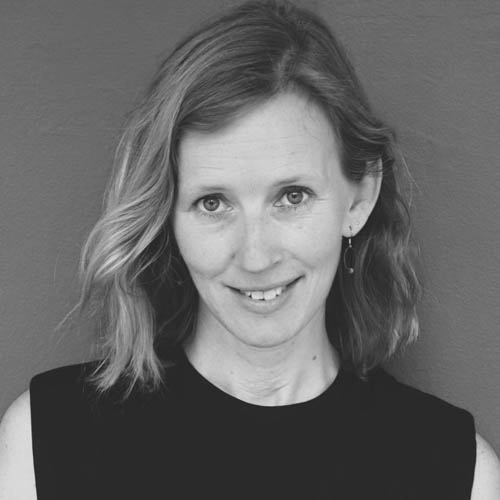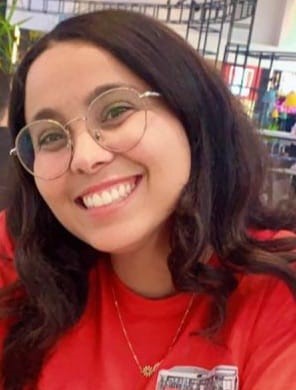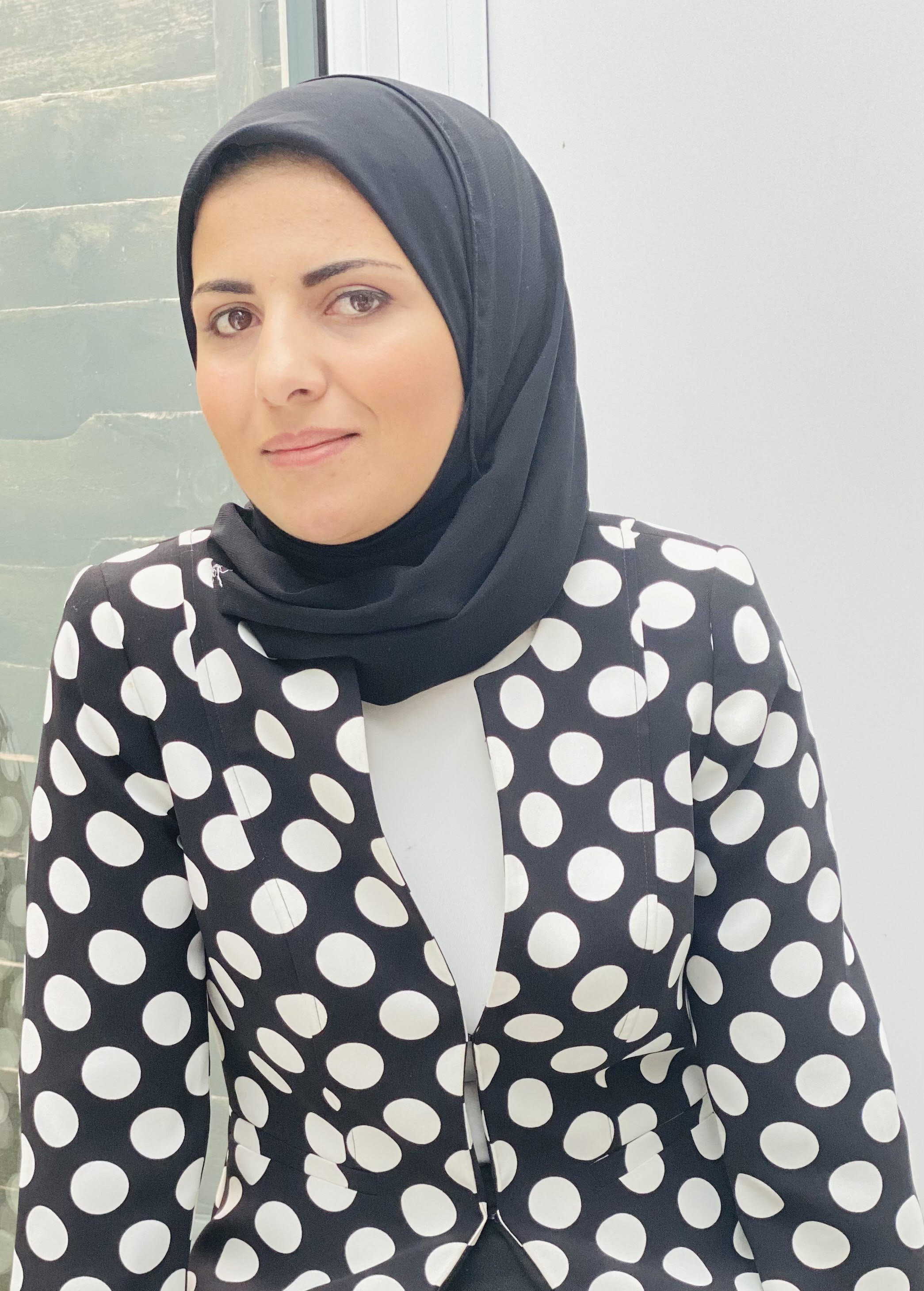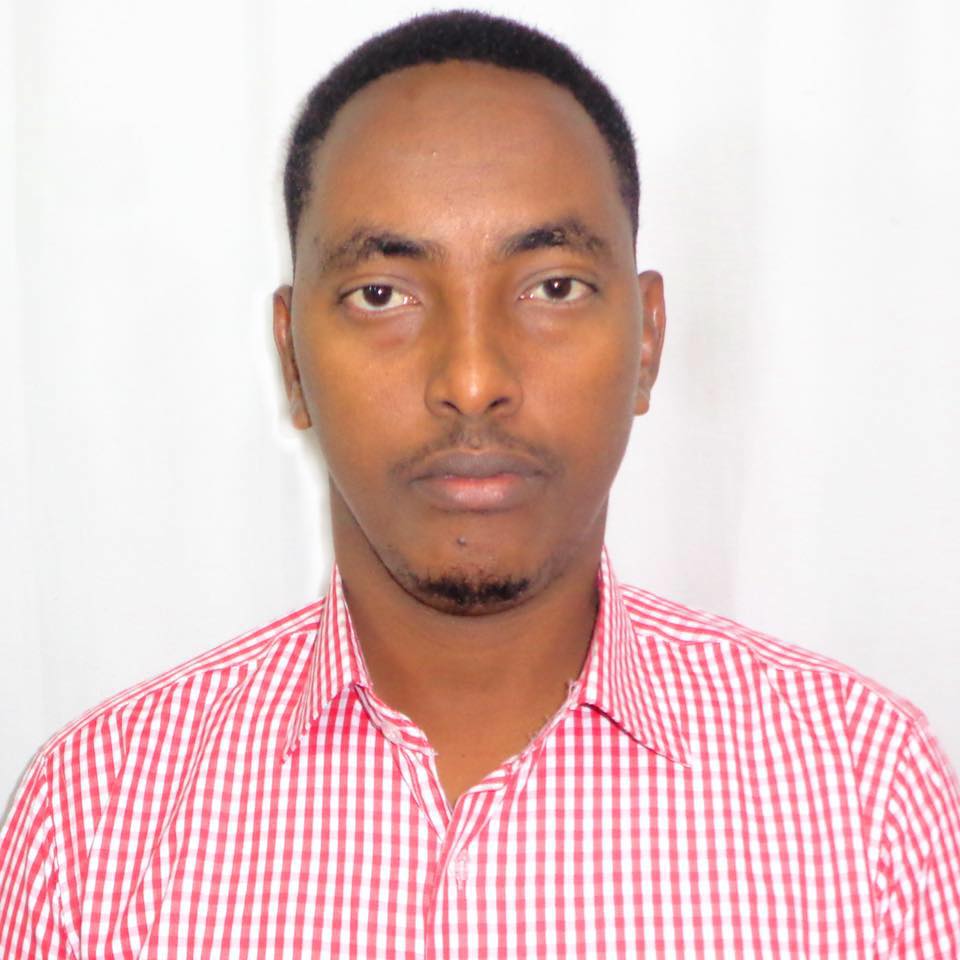إن آلية معرفتنا لذواتنا وإدراكنا لما يحيط بنا ذاتُ طبيعة تصويرية، لأن كل صورة هي "مجموع ما يظهر أمامنا"، لنسبغ عليها رؤانا وأفكارنا، وندخل في تشابك مع مؤثراتها.
الصور ممارسة ثقافية تعبر بها الذات التي تنتجها والتي تتلقاها عن انتمائها الاجتماعي واستعمالاتها القيمية داخل الجماعة، وحيثياتها السيكولوجية ودوافعها اللاشعورية واستعمالاتها الثقافية. فهي تعبر عن رؤى نفسية، ومنظورات اجتماعية وظلال ثقافية.. ولذلك، كانت عنصرا فاعلا في كل الطفرات التي عرفتها الإنسانية، من الخطوط على الجدران إلى الكتابة على الورق، إلى المطبعة، ثم الوسائل الرقمية.. وفي قلب سائر التحولات التي شكلت ماضي الإنسان وحاضره ومستقبله.
وسواء كنا أمام رسوم على الصخر، أو زجاجيات في كنيسة، أو منمنمات (شكل من الزخرفة) إسلامية، أو لوحات تشكيلية، أو "سيلفي" لمراهق، يبقى للصورة عمقها ومعناها وتأثيرها.
وإلى جانب أبعادها الفيزيائية ووظيفتها الجمالية، فإن الصورة مهما كانت عفوية وطائشة، فهي تعكس منظوراً خاصاً للذات والوجود والأشياء.. "إنها لا تعبر فقط عن مقاصد الشخص الذي التقطها، بل تعبّر عن نسق قيمي ورؤية للعالم من طرف جماعة كاملة"، وتظل "مُلغّزة إلى الأبد بشكل لا نهائي". كما تظل محاطة برغبة عارمة في الرؤية والاكتشاف، وأحيانا بفتنة مثيرة غير يسيرة؛ تنتج الدلالات، وتفضح الممارسات، وتُؤسس الأنساق الجمالية والقيمية، لتعيد تشكيلها وفق أنماط معدّلة، وحسب رؤى مستجدة منقحة، تعكس فكرا غير تقليدي، ونسقا غير نمطي، ونزوعا متواصلا إلى الإبداع والإفصاح والتجديد.
تستمد الصور أهميتها و"لغزها" من هذا الاحتفاء الكبير بها، والتعظيم الذي يرافقها، أو حتى من هذه المواجهة القصوى لآثارها، واعتبارها خطراً عمومياً وتهديداً أخلاقياً ومؤثراً سحرياً وفتنة دينية.. إن قوة الصور الحقيقية تتجلى في سلطتها "التجميعية"، وقدرتها "التنويعية"، وتأثيرها العاطفي، وامتدادها الاجتماعي. لكن هشاشتها تتمثل في "تضخّمها" الأيقوني، وميوعتها الدلالية، ومرونتها التعبيرية.
ورغم كل ذلك، فمن خلال الصور ننظر إلى العالم، نتشارك أحداثه ومآسيه عبر شاشاتنا، "نفقأ عيونه ومعه عيوننا" بعبارة ريجيس دوبري، حين تنبعث آلامنا صورا، وتنبجس آمالنا مضمخة بدماء الحقيقة المهدورة. ولذلك، فلا محيد لنا عن الصور مهما كانت عابرة، كاذبة، قاتلة، مرعبة.
إن حياة الصورة في العالم الرقمي اكتسبت أبعادا مستجدة وصيغا غير مسبوقة، فقد "أنشأ الانتقال من التناظري إلى الرقمي في تاريخ الصورة قطيعة شبيهة في مبدئها بالسلاح النووي في تاريخ التسلح، وبالتصرف الجيني في علوم الأحياء".
في وسائل التواصل الاجتماعي، وجدت الصور فرصة أخرى لتكريس سلطتها، ووجدت في جاذبية الشاشات مجالا أخصب لتجذير عولمتها وسطوتها، لتنتقل عبر الحدود بلا قيود، وتمتد في العوالم المختلفة بكل انسيابية، وتكتسب ألوانها وظلالها من خلال تنوع مشاهديها وتعددهم. ثم تستمد قدسيتها من المعاني المسبغة عليها، والأيدولوجيات المتلبسة بها، وطقوس تلقيها وتداولها، والمنافع والأذيّات التي ترافقها.
لقد دفعت وسائل التواصل الاجتماعي اليوم الناس إلى مزيد من الإفصاح، ومزيد من التعبير عن الذات، بل إلى مزيد من التعرية والكشف. ورغم كل المخاطر والأضرار والمآسي التي تحدثها، ورغم كمّ الحرائق التي تُشعلها، فإنها تستمر بقوة وحيوية.
ولا تزال الصور المعدّلة والمنقحة تمارس دورها في إضفاء الحيوية على الذات وانتزاع الاعتراف من الآخر. كما لا تزال الصور وسيلة مثلى للإثبات والنفي، للإيلام والإسعاد، للتحرير والتقييد، للانتشار أو الانحسار.
صارت وسائل التواصل الاجتماعي في العصر الرقمي مجالات مشتركة للعرض والاستعراض، عوّضت الأدوار التقليدية التي كانت تنهض بها الساحات العمومية، مثل الأغورا والفوروم وسوق عكاظ وذي المجاز، والتجمعات الطقوسية في الأحزان والأفراح.. يسعى عبرها الإنسان المعاصر "إلى التمتع باللحظة، ويبحث عن الرفاهية بشكل فوري، وعن تحقيق الذات، ويعطي الأولوية لذاته مع البحث في الوقت نفسه عن اعتراف الآخر عن طريق الصور الجميلة التي يبثها لنفسه". ولذلك، فهي مرحلة مهمة تمر منها الإنسانية، تحتاج إلى مزيد من النظر والتحليل والتنوير. ذلك أن هذه التكنولوجيات الحديثة اليوم أكبر من مجرد وسائط، فهي تدخل في تفاصيل حياتنا، وتعيد تشكيل منظورنا للعديد من القضايا، وتتغذى على مخاوفنا (باومان) من العزلة والوحدة والاندثار، وتقتات على آمالنا في مستقبل أفضل بشروط أحسن، لأننا نعيش امتدادا في حياتنا البيولوجية مع تطور الخدمات الصحية والأبحاث الطبية، لكننا نحيا انحسارا في جودة الحياة الاجتماعية والنفسية، في عالم يبتلع فيه الرقميُّ الواقعيَّ ويعيد تدويره وتدوير آمال الإنسان وأحلامه معه في حياة هنيئة مطمئنة، وتشكل فيه الصورة موقع الصدارة، ويحتل فيه الإنسان المحور والمركز والمدار؛ وهي كلها عوامل تجعل وسائل التواصل الاجتماعي بيئة جديدة ستعيش فيها الصور حياة مغايرة ومختلفة، قد تكون مؤلمة أكثر ومقلقة أكثر، لكنها تمارس تأثيرها وسلطتها وسطوتها كما اعتادت منذ الأزل؛ تحيي أحيانا وتقتل أحيانا أخرى، تُفَعّل الحقيقة أحيانا وتفقأ عينها أحيانا أخرى، لكنها بدون شك هي حياة جديدة جديرة بالبحث والرصد والمتابعة.
في هذا الحراك الرقمي الجديد، لم تفقد الصورة جاذبيتها وسلطانها، وهي تعيد بانسيابية عالية تشكيل وظائفها السابقة واكتساح مساحات أخرى واكتساب جمهور مغاير. فقد استمر "جبروت الصورة" وعنفها، كما استمرت جاذبيتها وفتنتها، مع الجيل الجديد من وسائل الإعلام والتواصل. لكنها رغم كل ذلك تسير نحو فقد أهم شيء فيها؛ ذاكرتها وفيزيقيتها، وهي تفتقد الطول والعرض والسُّمك، والعمق والعاطفة والذكر.. تمتد على أسطح الشاشات، وتترك مكانها في خزائن الكتب أو حولها، وتنسحب من مجال الرؤية بالصدفة لتدخل مجال النظر بالضرورة. تلك المتعة الفردية التي كانت تحيط بمشاهدتها وإعادة مشاهدتها في الزوايا الدافئة البعيدة، في اللحظات الجميلة المسروقة مع أوفى الأحبة، بعد أن صار التقاسم والمشاركة في أيامنا هذه عملية فضح واسعة النطاق، ودعوى إفصاح مستمرة في أحداث تضيع خلالها العواطف الحقيقية وتتوارى المشاعر الصادقة النبيلة.
يُضاف إلى كل ذلك، هذا الامتداد الكمي المُشوش الذي يجعل من لحظات قصيرة مئات الصور، فتصبح الصورة أكبر من اللحظة ذاتها، فلا توثق الصورة اللحظة، وإنما توثق ذاتها وتعبّر عن نفسها، فلا توجد الصور من أجل توثيق اللحظات المعبرة، بل صارت اللحظات تُخلق من أجل التقاط الصور الجميلة، فتتدفق الصور خاوية من الأثر، خالية من الصدق والتأثير.
مواقع التواصل الاجتماعي اليوم عبارة عن "جريدة شخصية"، تمكّن مستخدميها من تحسينها على مدار الساعة، وتقدم إمكانية "تصميم" الحساب لتسويق الصورة المثالية التي يريدها المستخدم لنفسه، والتي تصبح بمثابة "لوغو" خاص به، في شكل من أشكال التسويق لهذه الذات المثالية. ولا تكتمل هذه الصورة، ولا تؤدي الغرض المطلوب منها، ولا تصبح صورة لائقة بالملف الشخصي، إلا بعد تعديلها من طرف إعدادات الموقع، وعرضها لاستفتاء من طرف المتابعين، فتكون صورة إيجابية ومثالية وملائمة للمستخدم/المنتوج حين تحصد أكبر عدد من الإعجابات والتعليقات والمتابعات، تتلوها حالة رضا مؤقتة عن الذات، لا يلبث أن ينخفض منسوبها مع صورة جديدة، وظهور جديد.
وهكذا، فبالإضافة إلى أن هناك خيارات يبنيها المستخدم بمفرده عن ذاته للآخرين، مما يندرج ضمن ما يطلق عليه "الذاتية عبر الشبكية"، فإن وسائل التواصل الاجتماعي كثيرا ما تتدخل في تشكيل الهوية عبر خياراتها المحدودة التي تتيحها للمستخدم، أو توجيهاتها الاستباقية التي تحاصره بها، مما يمكن تسميته بالتوجيهات الهوياتية، فهي تقترح على المستخدم باستمرار وبإلحاح وضع صورته إذا لم يضعها، وتقترح عليه تغييرها إذا تأخر في ذلك، وتتيح له الإشارة إلى الوجوه، كما تمكنه من وصف مشاعره وهو يلتقط الصورة وينشرها، إلى غير ذلك من الإعدادات التي تساهم بشكل كبير في تشكيل الهوية الرقمية وتوجيهها.
وهكذا، فالإنسان المعاصر يسعى من خلال الصور إلى تأكيد الذات، بالإضافة إلى التمتع باللحظة، فتصير هذه الصور المتدفقة والتعرية المتواصلة ذات أغراض بنائية لهويّة تسير نحو الافتقاد في مجتمع مُعَولم. لكن هذا البناء الأيقوني الهش، حين لا يُتحكم فيه بالدقة الكافية، ولا يُدرس بالشكل اللازم، لن يزيد الذات إلا ضعفا، ولن يزيد الهوية إلا تبدّدا. وحين نظن أننا نقتنص اللحظات الجميلة، فإننا في الواقع نقتنص ذواتنا من تلك اللحظات، ونحن نجعل "لحظاتنا الشخصية القريبة" حفلات مشاهدة جماعية، إمعانا في الفضح والتعرية، ومبالغة في المشاركة والاقتسام.
لذلك، كان حريًّا بنا أن ندقق في الصور، وأن نتمهّل في النشر، وأن نعيد مراجعة الإعدادات، وأن نفرق بين الذاتي والمهني، والخاص والعام، حتى نضمن حياة هنيئة للصور على مواقع التواصل الاجتماعي، دون أن نقضيَ على هنائنا الخاص واطمئنانا الشخصي.
* الصورة: أولي سكارف - غيتي




![Palestinian journalists attempt to connect to the internet using their phones in Rafah on the southern Gaza Strip. [Said Khatib/AFP]](/sites/default/files/ajr/2025/34962UB-highres-1705225575%20Large.jpeg)







